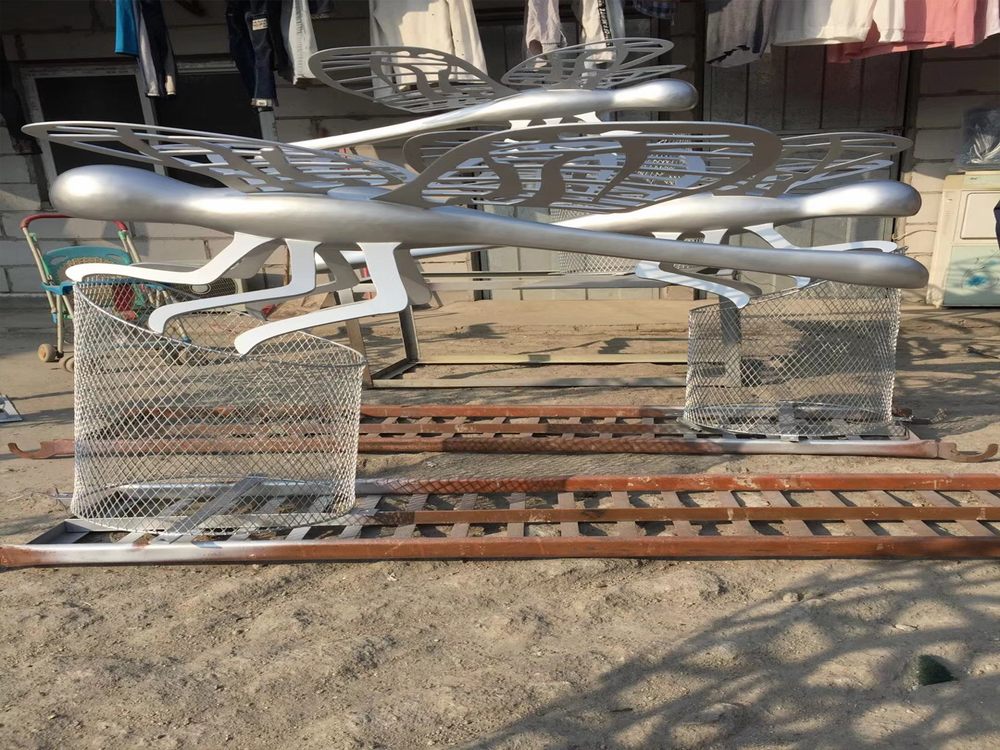
Patina, the natural or chemically induced surface layer that forms on stone sculptures over time, plays a pivotal role in their aesthetic appeal. This subtle yet transformative coating adds depth, character, and a sense of history to the artwork, elevating it beyond its original form.
In stone sculptures, patina develops through exposure to environmental elements like rain, wind, and sunlight, creating unique color variations and textures. The interplay of greens, browns, and blues—often seen in bronze patinas—can mimic the organic aging process of natural stone, enhancing the sculpture's visual harmony with its surroundings.
Artists and conservators carefully consider patina when creating or restoring sculptures. A well-developed patina can emphasize intricate details, soften harsh lines, and create a sense of timelessness. Conversely, improper patination may obscure delicate features or appear artificial.
Beyond aesthetics, patina serves as a protective layer, shielding the stone from further erosion while telling the story of the sculpture's journey through time. This living surface becomes an integral part of the artwork's identity, making each piece truly one-of-a-kind.
Collectors and art enthusiasts often prize sculptures with authentic patinas, valuing them as visual records of artistic heritage. Whether naturally occurring or artistically applied, patina remains an essential element in the appreciation of stone sculpture as both art and artifact.

